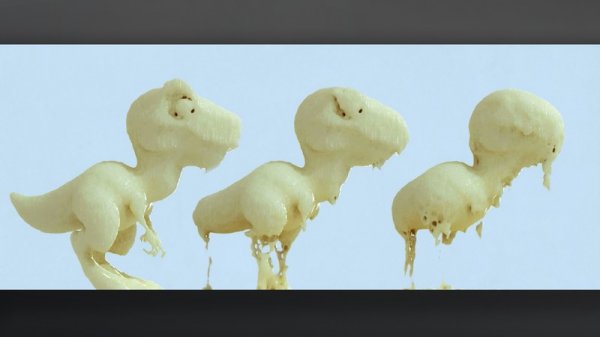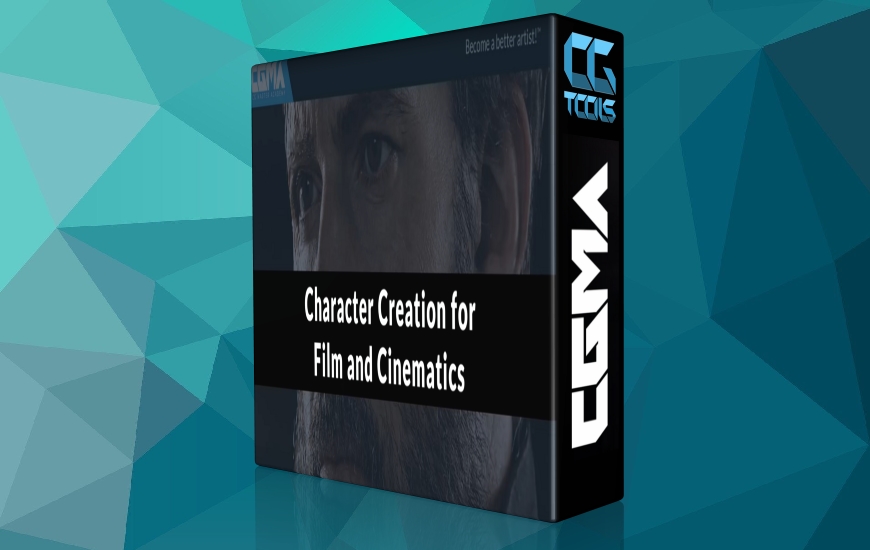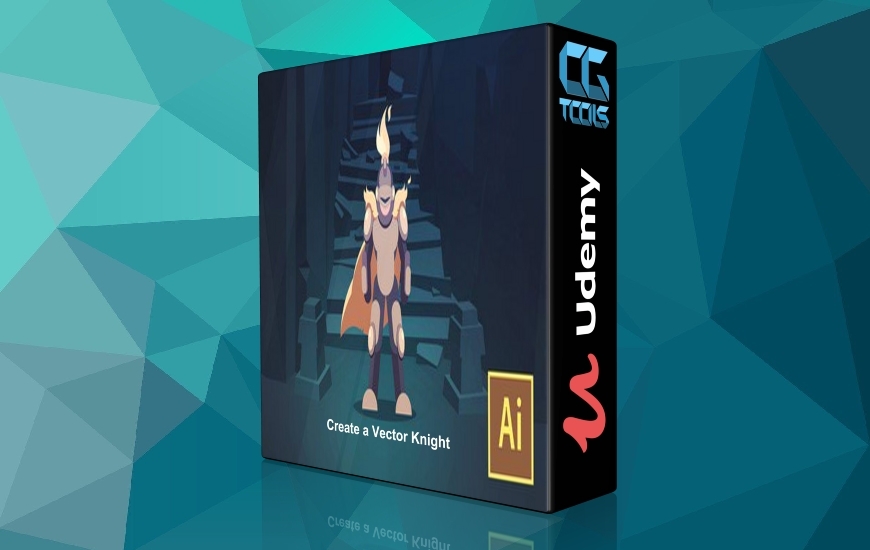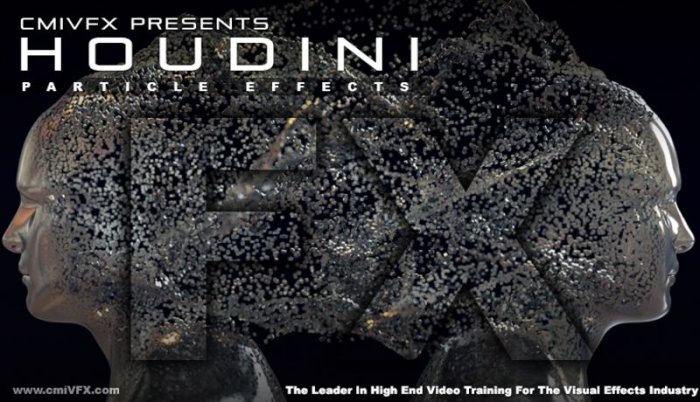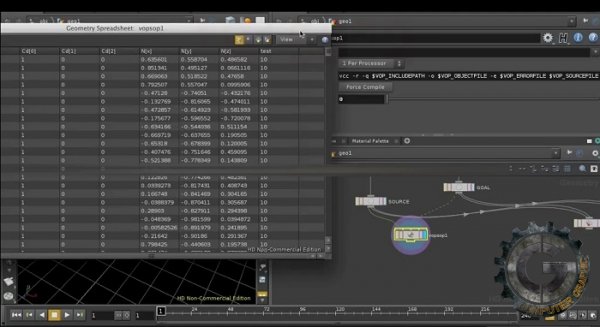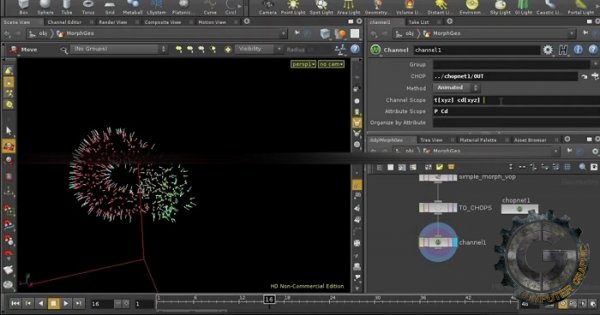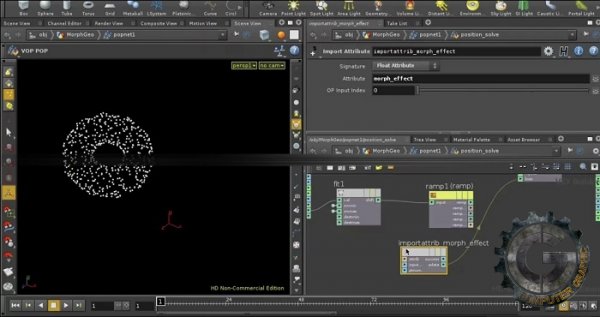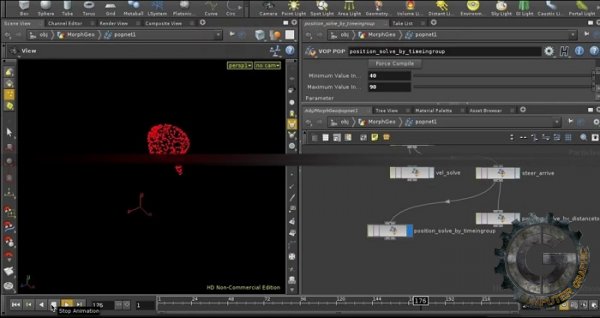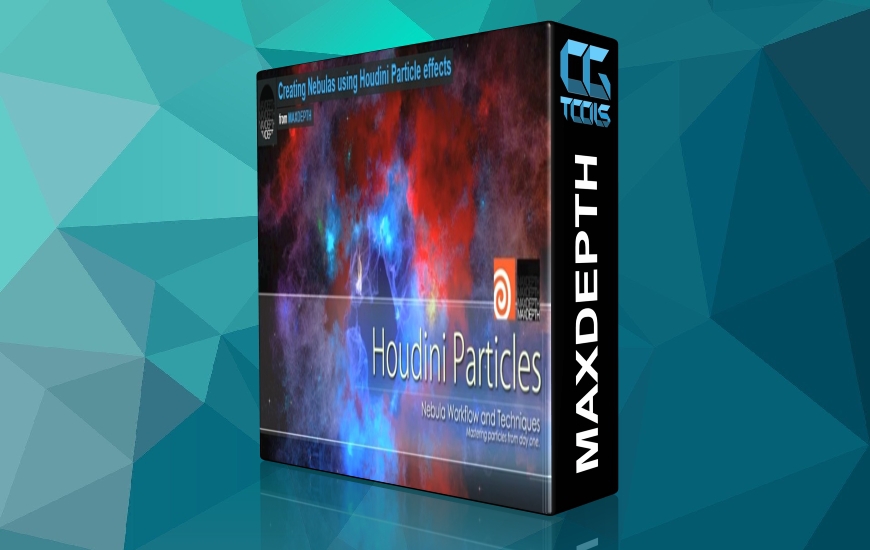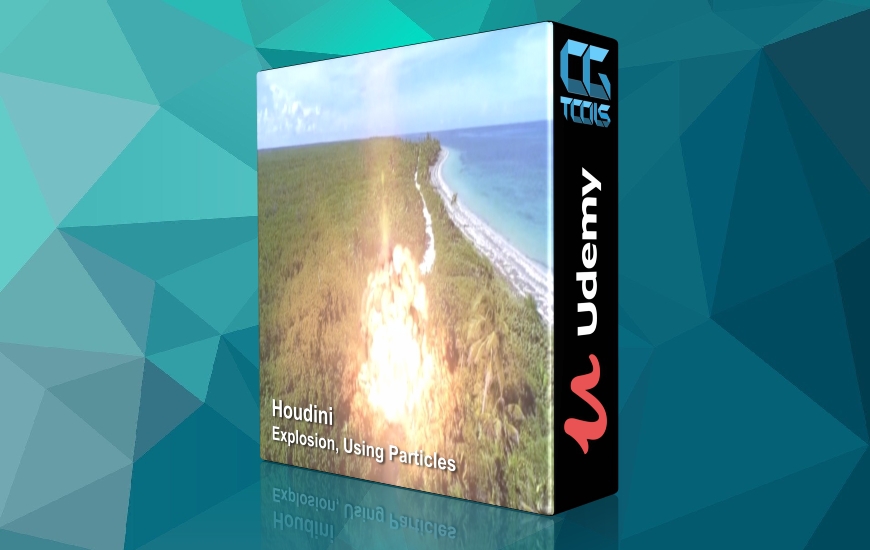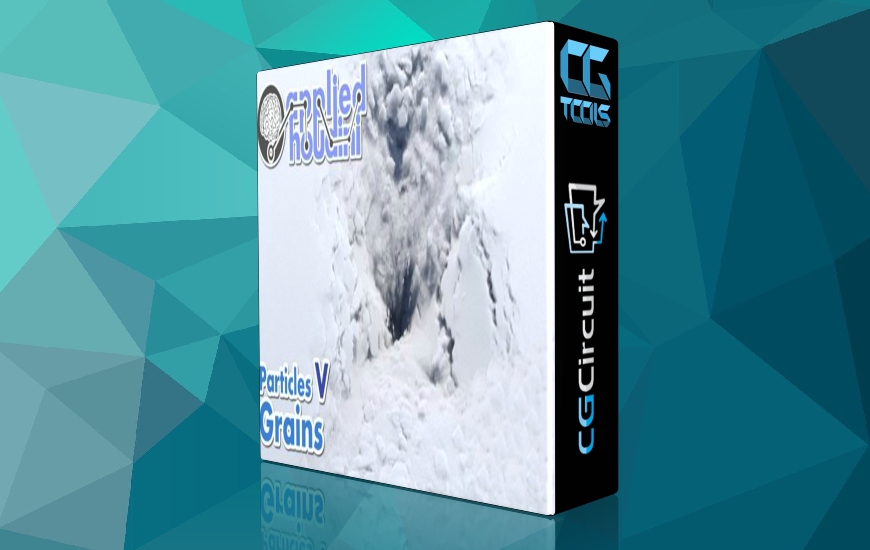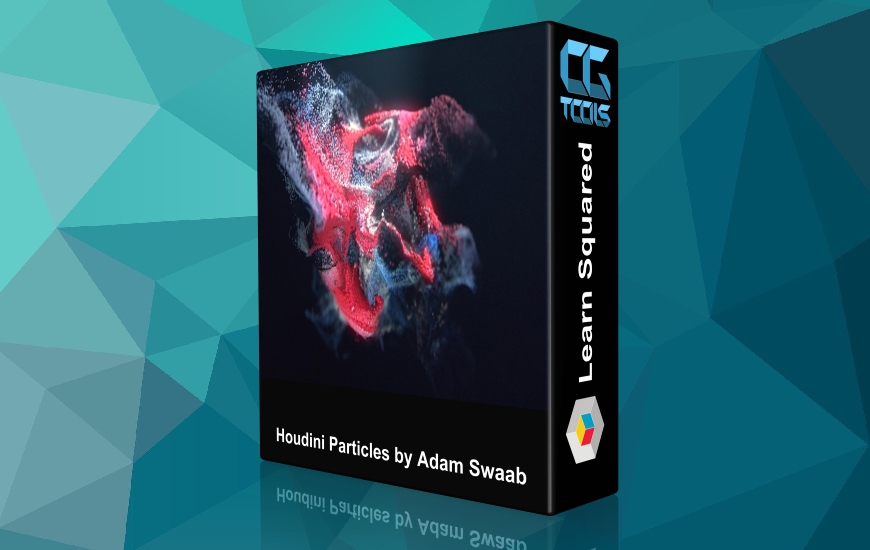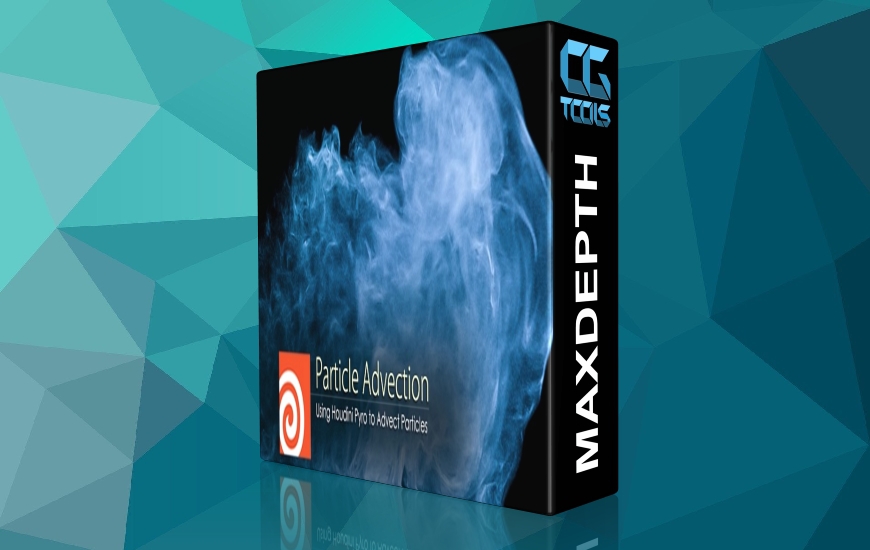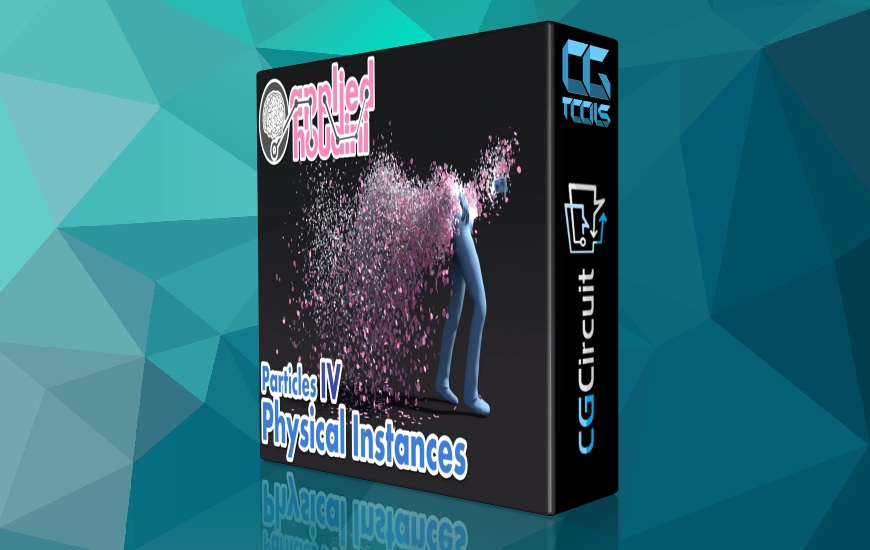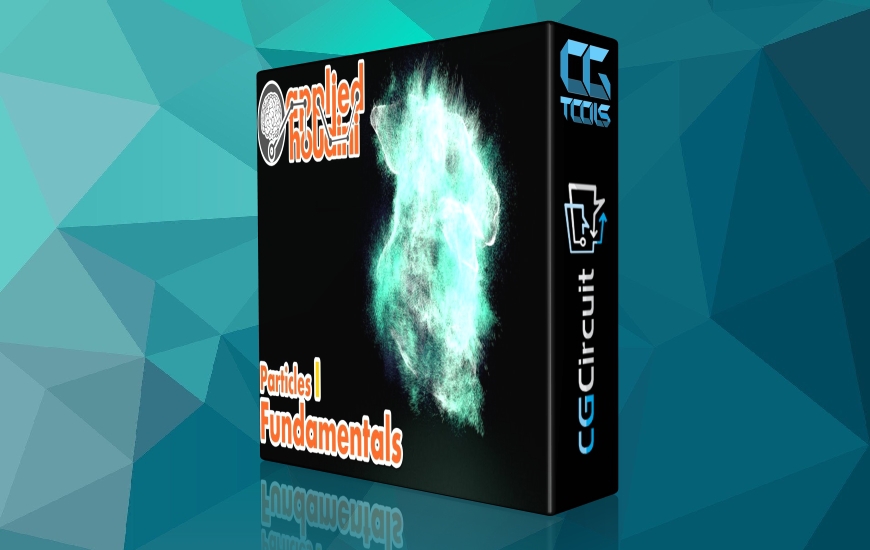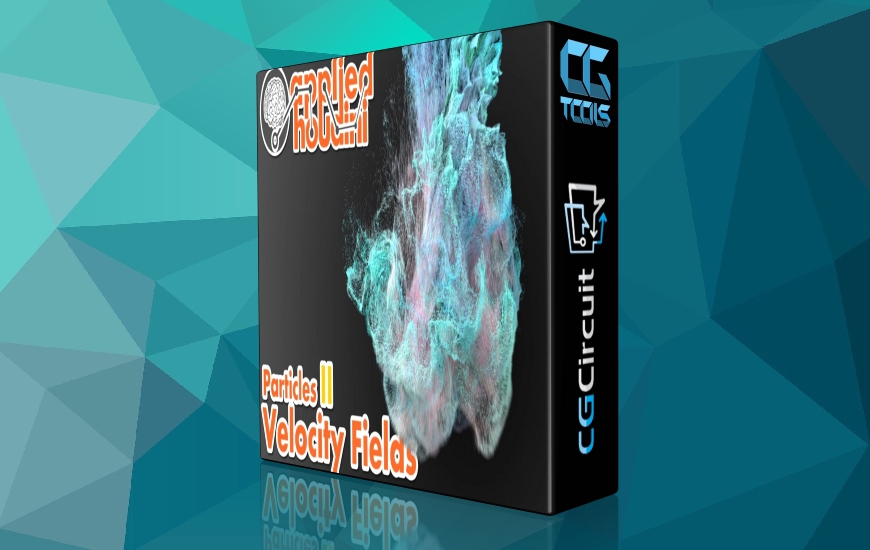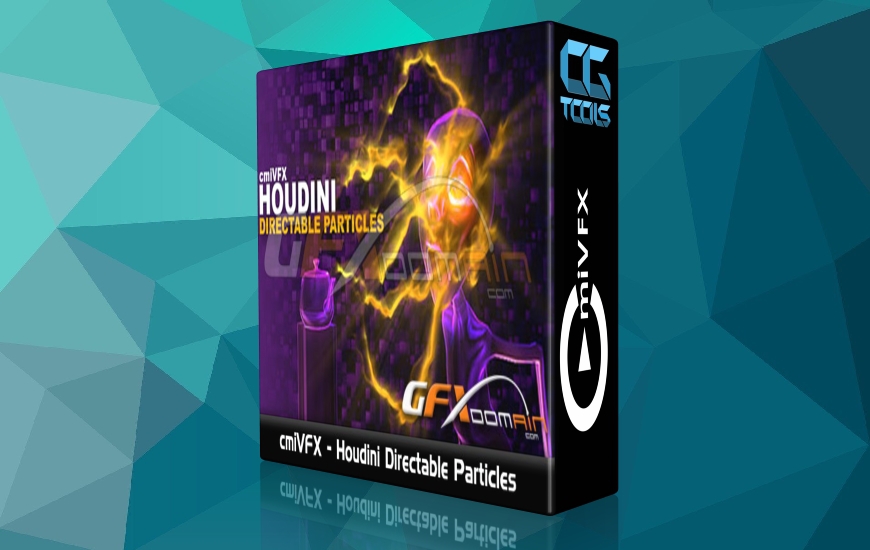This brand new Houdini training video breaks down complicated particle morphing effects in a way that is clear and easy to follow. We'll be building our effects block-by-block and system-by-system, adding complexity as we go, which will provide us with a complete and seamless result. The goal of any particle artist is to be able to fully direct and control his simulations, and we'll show you several ways of accomplishing this. Each method will serve a special purpose, and each method will have different levels of control and flexibility. We'll look at some simple, SOPs-based solutions and then we'll move on from there into the world of POPs, where we can really add life to the morph effect. From there we'll bring this knowledge into DOPs, where we can get true inter-particle collisions and take advantage of the powerful DOP context. We'll also look at an advanced example where we really need the geometry to seamlessly morph, rather than just points with random geometry attached to them. This video contains a wealth of critical knowledge for anyone looking to make their particle morphs behave in an artistic and natural manner; it will greatly enhance your knowledge of particle animation and it will provide you with an advanced skill set in particle morphing effects.
Chapter Descriptions :
Introduction :
We'll start off by taking a quick look at the simulations we are going to achieve in this video.
SOPs morphing :
In this starting chapter we'll look at ways to match points from one piece of geometry with points from a second piece of geometry. We'll discuss how to deal with non-matching point counts between objects using simple expressions to overcome this limitation. We'll examine the built-in SOPs morphing tools in Houdini, we'll see how to use them, and we'll discuss their drawbacks. From there we'll roll out our own SOPs morphing tool using vows. Using the techniques here, you will be able to morph and blend between any numerical point attributes on two pieces of geometry. In the second part of this chapter, we'll build a controller object that gives the user the artistic freedom of directing the morph with a null object. Once the user understands this lesson, he or she will begin to see how attributes can be easily used to for total artistic freedom in his morphs. In the final part of this chapter, we'll look at ways to fake dynamics in SOPs by adding post effects, driven by a CHOP network, giving us a little spring to our animation.
POPs morphing :
We'll start off by just dipping our toes into the world of particles. We'll show how to lock particles to an emitter object and fetch data from a SOP network to feed into our particle network. We'll create a position blend solver as a quick intro to the lesson. In part two we'll add transitional forces to the morph, showing how to go from one state to another in a non-linear way. Our particles travel to their goal, but not before encountering some turbulence along the way. We'll complete that section by discussing the limitations of the position solver and we'll start looking for other options. In the next section we'll create a velocity morphing solver. This solver directly modifies the velocity data in POPs to bring particles to their goal position. When dealing with animated goal objects, we'll encounter one problem - the particles never quite seem to reach the goal and lock onto it in a graceful way. We'll learn how to use our previously created position solver to overcome this. This section ends by again discussing some limitations, and we'll think about looking for a more natural and expandable solution. We'll take a brief detour to talk about some physics concepts and then head right back into POPs. Now we'll start building a Steering and Arrival solver. We'll be modifying our acceleration attribute to naturally bring particles to their goal. With this accomplished, we'll learn how to add some inter-particle forces to keep particles away from each other, all while continuing to seek their goal.
DOPs morphing :
In this chapter we'll learn how to turn an RBD point object DOP into a particle system! This object can then use the actual geometry assigned to the points (or proxy geometry) as collision objects, allowing real collisions between particles and scene objects and between particles and other particles. We'll hack the RBD point object to get the data we need and bring our Steering and Arrival solver from POPs into DOPs as a VOP force.
Advanced Example :
In this chapter we'll break down a more complicated version of the morphing particle effect. Instead of just points moving from one shape to another, we'll actually need to go seamlessly from one object to another. We'll show how to use one simulation to drive two different sets of fractured objects, creating a seamless blend between the systems. Due to time constraints this chapter, there is a walk-though of a previously created file, rather than starting from scratch. The file is included in the project file downloads.




